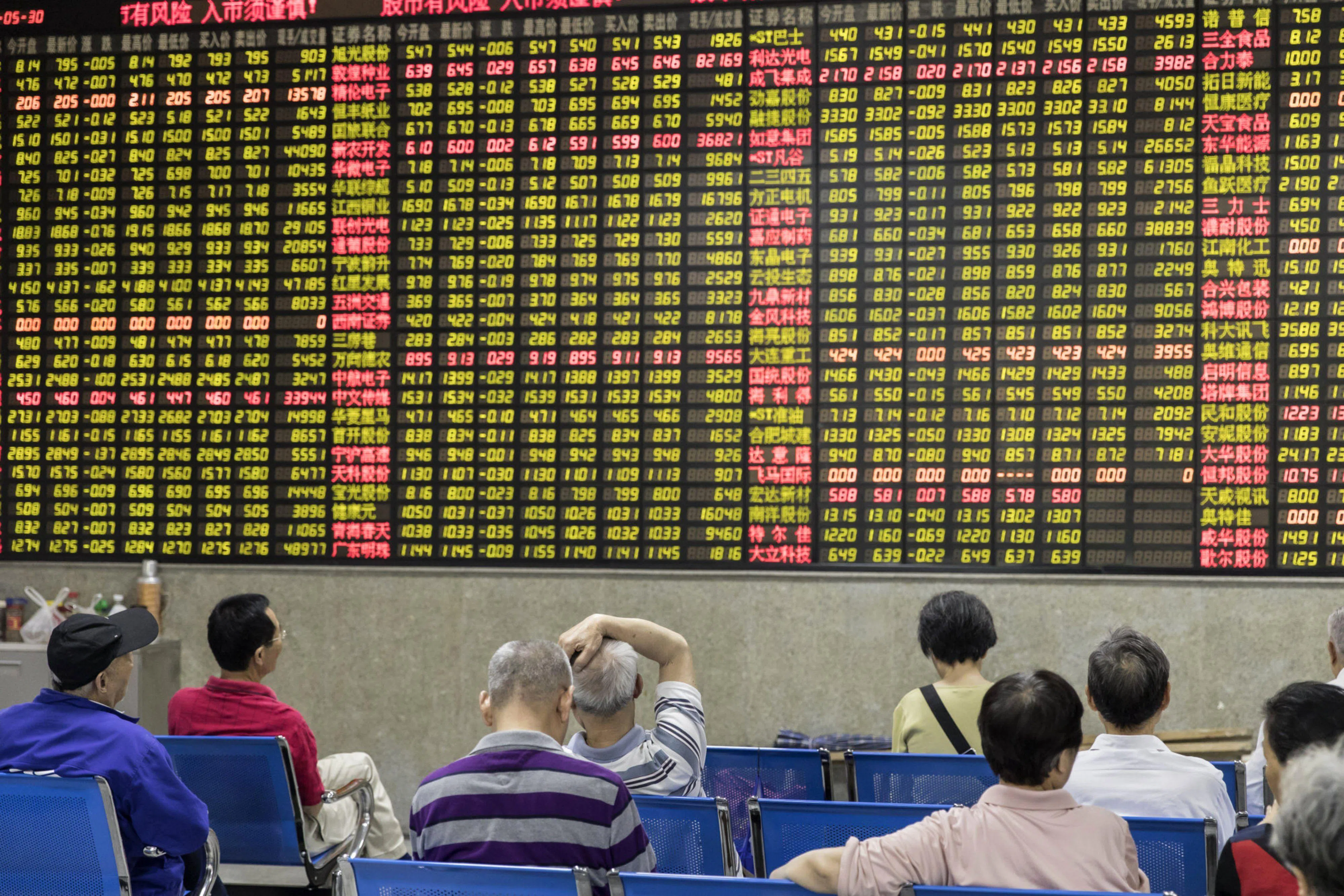[ad_1]
AUSTRALIAN retail sales crept higher in April as shoppers stayed frugal in the face of high borrowing costs and rising rents, another sign household spending will add little to economic growth this quarter.
Data from the Australian Bureau of Statistics (ABS) on Tuesday showed retail sales rose 0.1 per cent in April from March, when they fell 0.4 per cent. Analysts had looked for a rise of 0.2 per cent.
“Since the start of 2024, trend retail turnover has been flat as cautious consumers reduce their discretionary spending,” said Ben Dorber, ABS head of retail statistics.
“Looking across the past two months, we see weak underlying spending in most parts of the retail industry.”
April’s sales of A$35.7 billion (S$32 billion) were up a sluggish 1.3 per cent from a year earlier.
That growth is particularly miserly given Australia’s population is expanding by more than 2 per cent a year. Sales volumes per capita have fallen for seven straight quarters, the type of weakness usually only seen in recessions.
GET BT IN YOUR INBOX DAILY

Start and end each day with the latest news stories and analyses delivered straight to your inbox.
This is partly due to higher mortgage rates and rising rents, which are eating into spending power.
Costs for services not covered by the retail data have also been rising much faster than goods prices, including everything from insurance, to education, health and electricity.
The stubbornness of service inflation is a major reason the Reserve Bank of Australia (RBA) is considered unlikely to lower borrowing costs at all this year.
Futures imply around a 30 per cent chance of a quarter point cut in the 4.35 per cent cash rate by December, and an easing is not fully priced in until May 2025.
Figures for April consumer prices are due on Wednesday and analysts expect only a small dip in annual inflation to 3.4 per cent, from 3.5 per cent in March.
Many households will get a boost to income from July when cuts to income taxes are delivered, but surveys suggest workers intend to save the majority of the windfall.
“The upshot is that consumption growth will probably remain weak into the second half of the year, which should help to lower inflation further,” said Marcel Thieliant, head of Asia-Pacific economics at Capital Economics.
“While we expect the RBA to only start cutting interest rates at the beginning of next year, the prolonged weakness in consumption opens the door for an earlier rate cut.” REUTERS
[ad_2]
Source link




